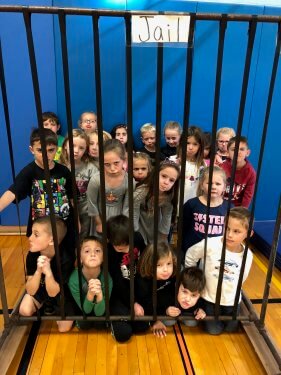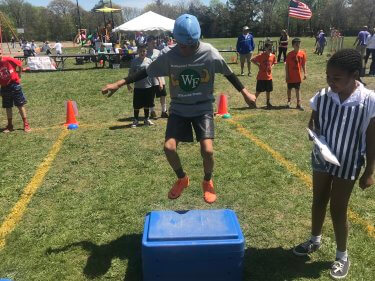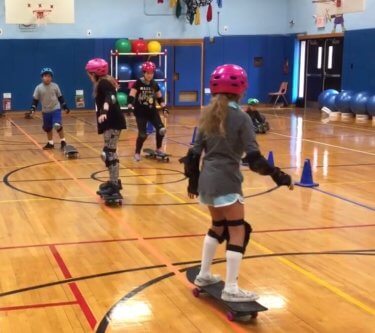Escape Rooms are becoming more and more popular among today’s youth and are a great way to get students’ adrenaline pumping.They consist of adventure type games in which players solve a series of puzzles, mazes, and riddles using clues, hints, and strategy to achieve specified goals. If you’ve tried one you may have thought, wow, my students would LOVE this! I know I did. But how can we integrate this concept to benefit our students in Physical Education and Health?

I absolutely LOVE creating Physical Education games, activities, and assessments that integrate health, fitness, wellness, and nutrition concepts. I want my students to break into not just a physical sweat but a mental sweat as well. As a PE teacher, it is a constant challenge to fit everything I want the students to learn into a 40-minute class that meets twice a week. I need to make every PE second count. That being said, Escape Room/ Break out games in PE are the perfect tool.
You walk into the gym and see Buff Bobby Bones in pieces. He has been playing a lot of Fort Night, has not been exercising or eating a balanced diet, and his bones became too weak and fell apart. We have to help put Buff Bobby Bones back together again and figure out the antidote to make sure his bones stay together and strong in the future. Hurry, or else Buff Bobby Bones will never be strong again…



